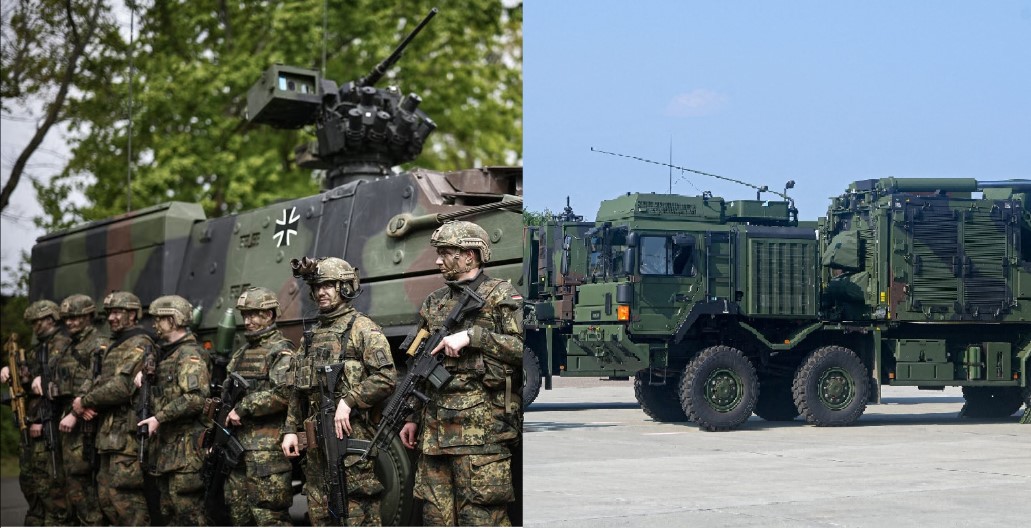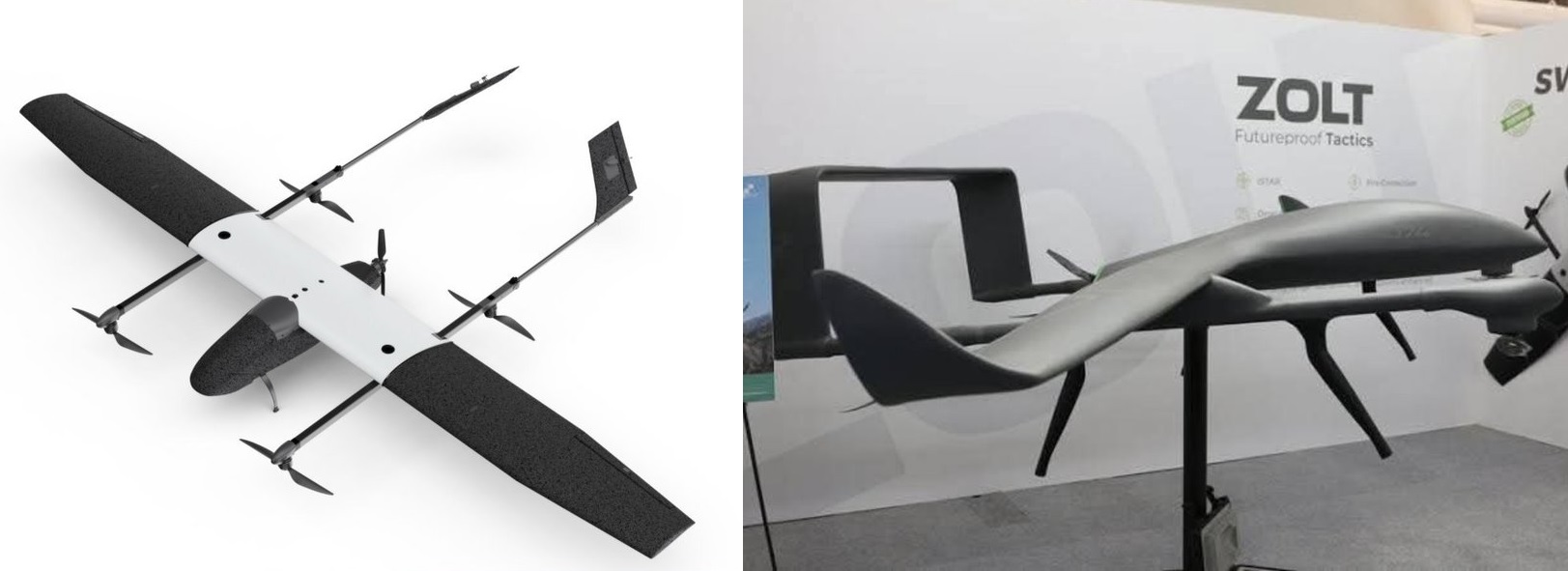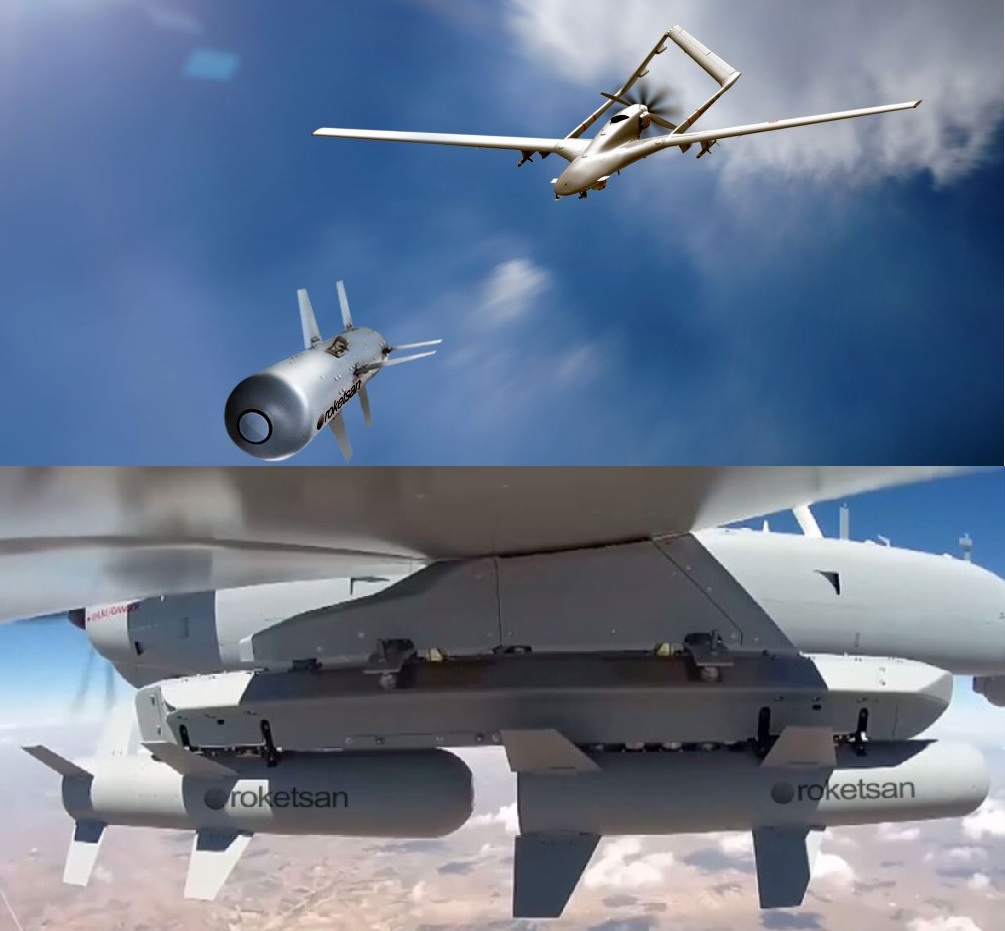U.S. Quietly Reactivates Puerto Rico Military Base as F-35s and Warships Gather Opposite Venezuela

The United States has quietly reactivated the former Roosevelt Roads Naval Station in Ceiba, Puerto Rico, restoring a dormant Cold War hub just as Washington positions one of its most formidable air-sea force packages in the Caribbean.
Though publicly framed as part of an expanded counter-narcotics campaign, the scale and sophistication of U.S. deployments point to a posture capable of exerting coercive pressure on Venezuela and testing networked maritime strike operations across the region.
Roosevelt Roads—closed in 2004 after decades as a strategic hub for sea control, anti-submarine warfare, and regional logistics—has been quietly rebuilt. A CBS News report from the site, supported by recent satellite imagery, confirms renewed U.S. operations at the base and the reactivation of airfield infrastructure once thought permanently abandoned.
F-35 Presence Marks a New Regional Capability
Since early September, the base has hosted a detachment of ten F-35 Lightning II aircraft, including Marine Corps F-35Bs from VMFA-225. On November 4, an F-35B took off from the adjacent José Aponte de la Torre Airport, captured in U.S. Department of Defense imagery and confirming persistent flight operations.
The F-35’s AESA radar, sensor fusion, and electro-optical targeting system allow detection and classification of surface vessels and low-observable aircraft at long range. From Puerto Rico, the jets can cover most of the southern Caribbean without refueling, giving Washington an operational reach that did not exist when the base closed two decades ago.
U.S. officials still describe these missions as aimed at drug interdiction, yet the aircraft’s capabilities go far beyond traditional patrols.
B-52 Overflight and Carrier Movements Elevate Tensions
The U.S. presence expanded further when a B-52 Stratofortress flew directly over the USS Gerald R. Ford, heading south toward the Caribbean. With a range of several thousand kilometers, the B-52 can launch cruise missiles, maritime strike weapons, and stand-off munitions while remaining beyond most regional air defenses.
The USS Gerald R. Ford, America’s newest nuclear-powered aircraft carrier, brings a dense air wing and an advanced dual-band radar suite, reinforcing layered defense with E-2D airborne early warning aircraft, F-35C and F/A-18E/F fighters, and long-range interceptor missiles.
Together, these forces represent one of the most powerful U.S. naval postures in the Western Hemisphere in years.
A Growing U.S. Naval Footprint in the Caribbean
The western Atlantic currently hosts four U.S. Navy vessels, including the Ford and three guided missile destroyers.
Inside the Caribbean basin, another seven ships operate near or within Venezuelan approaches. These include:
-
Two Ticonderoga-class cruisers
-
An amphibious assault helicopter carrier
-
Two landing platform dock (LPD) ships
Destroyers and cruisers equipped with the Aegis combat system carry vertical launch cells (VLS) capable of firing SM-2/SM-6 missiles, ESSMs, and Tomahawk cruise missiles. Together, they generate a protective shield around U.S. high-value assets and enable long-range strikes across the region.
The amphibious group—with Marines, helicopters, tilt-rotor aircraft, and landing craft—provides Washington with the ability to conduct littoral operations, reinforce friendly facilities, or exert pressure along the Venezuelan coastline.
Live-Fire Operations Add a Combat Testing Dimension
Since September, U.S. assets have carried out live-fire engagements against small craft labeled as drug-trafficking boats. At least twenty strikes have been reported, with around eighty fatalities.
The operations serve dual purposes: reinforcing the counter-narcotics narrative while simultaneously validating targeting chains, command-and-control (C2) processes, sensor-to-shooter links, and rules of engagement in the same maritime environment that would be used in a crisis involving Venezuela.
These engagements function as a testbed for distributed maritime operations, kill-web integration, and EMCON-enabled ship tactics, where cruisers and destroyers minimize emissions while relying on off-board sensor cues.
A Networked Battlespace Emerges
The U.S. posture increasingly resembles a networked maritime strike grid:
-
Carrier-based fighters and land-based F-35s share a common operational picture (COP).
-
Maritime patrol aircraft, such as P-8A Poseidons, feed real-time data to both air and naval units.
-
Space-based ISR platforms provide targeting updates and electromagnetic mapping.
-
Amphibious forces offer flexible projection options from sea to shore.
This level of integration allows Washington to hold Venezuelan naval, air, and coastal infrastructure at risk with minimal warning.
Washington’s Political Messaging vs. Strategic Reality
Publicly, the Biden administration frames the deployment as a necessary response to cartel activity, drug trafficking routes, and the Maduro government’s alleged ties to criminal networks.
But behind closed doors, the presence of senior officials—ranging from the vice president to the secretaries of defense and state—signals that military options are being considered alongside existing sanctions and diplomatic measures.
Internal U.S. crisis meetings, combined with the growing U.S. footprint in Venezuela’s immediate maritime environment, indicate that Washington views Venezuela as a live contingency, not merely a policing mission.
For Caracas, images of U.S. jets and warships operating near its coastline strengthen the government’s narrative of an imminent invasion threat, a tool useful for internal consolidation and political messaging.
Regional and Global Implications
The reactivation of Roosevelt Roads is more than a bilateral issue—it affects security architecture across the Caribbean and beyond.
-
Latin American states must weigh the value of increased U.S. protection against the risk of geopolitical escalation in their neighborhood.
-
Russia and China, both active partners of Venezuela, may use the situation to deepen military cooperation, test U.S. reactions, or deploy advisers and ISR platforms.
-
Navies worldwide are studying the unfolding crisis, particularly the U.S. emphasis on interoperable data links, logistics resilience, and air-sea integration—now central pillars of modern force design.
For the United States, the revived Puerto Rican base and the assembled fleet together represent the largest and most complex regional posture in two decades, marking a decisive return to forward basing and power projection in the southern approaches to the Atlantic.
✍️ This article is written by the team of The Defense News.





